Colby Covington: Method and Madness
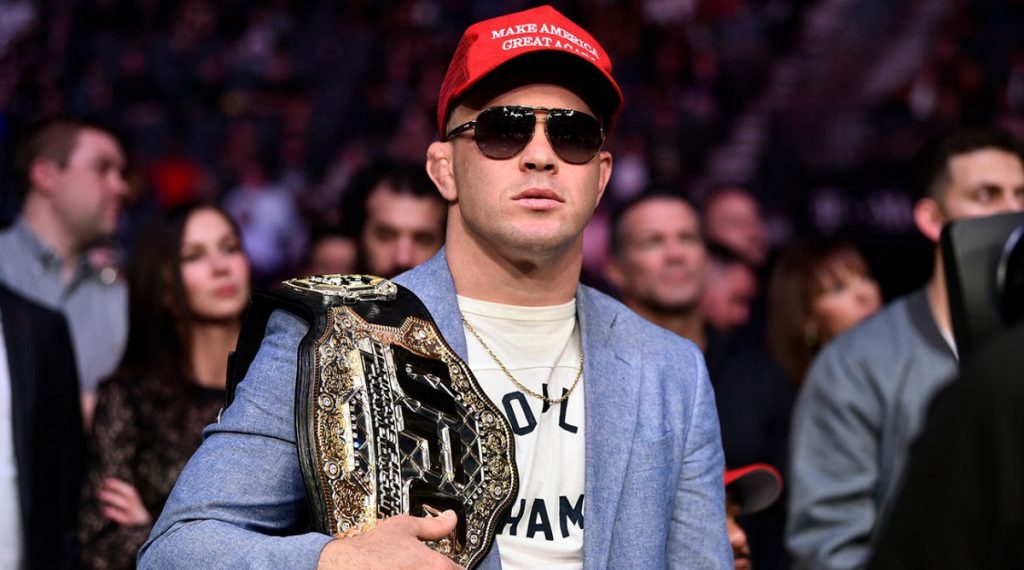
By Timothy Lewis (@TimothyELewis) — May 6th, 2020.
In a division long-heralded for its wrestling prowess, from Matt Hughes and Georges St. Pierre to current title-holder Kamaru Usman, Colby Covington aka ‘The Great American Winning Machine’ has drawn little fanfare despite winning 9 out of his first 10 UFC bouts.
That is, until Covington found his proverbial bootstraps and pulled himself up. The former NCAA wrestler had an epiphany: He was no longer just an athlete as he had been throughout his collegiate career. Instead, he found himself in the entertainment business. The mental gears churned, and out came an assortment of awful suits, a stigmatized red hat, and an envoy of scantily clothed women for his now-infamous instagram posturing.
Much like his commonly-associated predecessor Chael Sonnon, Colby arrived at the conclusion that his style, while effective, wasn’t going to have fans clamoring on its own. He needed an identity that would galvanize MMA viewers. And so, the modern generation’s greatest heel was born.
The Method:
There was a point in time when Covington’s striking was laughed at. Yes, he possesed a dominant wrestling attack, phenomenal cardio, and iron-clad toughness. But Colby was viewed as a specialist with one overwhelming skill, which compensated for his lackluster striking and submission grappling profile.
Perhaps zealously, many MMA fans overlooked Covington’s credentials: He was a highschool state champion, a JUCO champion (who coincidentally roomed with Jon Jones), and a two-time All-American with Oregon State University. Following his collegiate career, Covington would be courted by Dan Lambert, esteemed founder of the world-renowned American Top Team (ATT) gym.
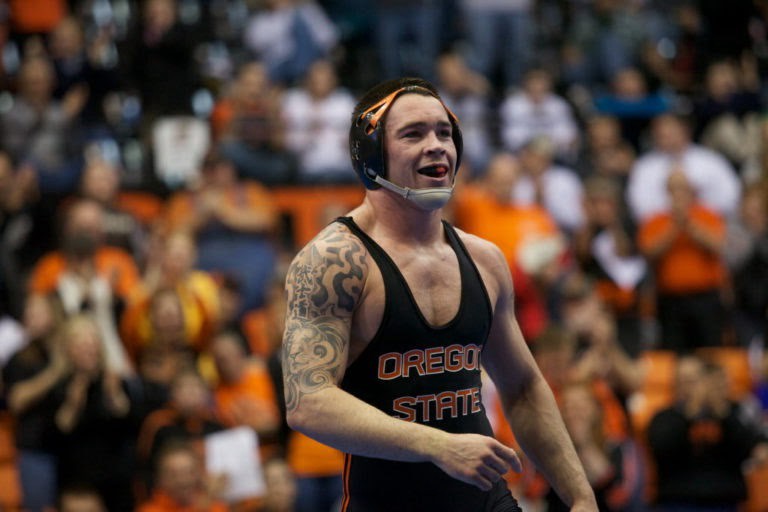
Colby arrived with a lopsided, but effective skill set. Wrestling has often been noted as the best base to enter MMA with, as it allows the competitor to dictate whether the fight takes place standing or on the canvas. However, it was foolish to think that a gym that has hosted Mark Hunt, Dustin Poirier, Jorge Masvidal, and numerous other high-level strikers would condemn a prospect as bright as Covington to one-dimensionality.
After the Damian Maia fight, it appeared the former All-American remained inept when it came to the sport’s other disciplines. Leaning on his defensive wrestling, Covington managed to avoid all 13 of Maia’s takedown attempts, flailing through striking exchanges with enough efficacy to secure an ugly unanimous decision victory.
However unexpected, the Maia bout was actually a turning point for Covington. He realised as the level of competition rose, there would be stylistic demands that would force him to abandon his takedown-based attack. Since then, the ATT product has averaged over 80 significant strikes attempted per round — a certifiably insane figure. Especially when we compare it to his output prior to the Maia fight, which averaged under 30 significant strikes attempted per round. After 5 years training his striking at one of the sport’s premier camps, Covington developed a pressure-based volume-boxing style that perfectly emphasized his cardio and relentless takedowns.
The California native would go on to shock the fanbase, putting a high-octane assault on former lightweight champion Raphael Dos Anjos, followed by one of the most comprehensive clinics of recent memory against Robbie Lawler. The Lawler victory was a dominant and surprising display of one-sided combination punching. It vaulted Covington from being seen as one of the worst strikers in the division to one of its better boxers. The once-boring takedown artist had completed his evolution into the versatile, chauvinistic title contender we know today.
The Madness:
Boldness can be just as valuable as skill. The margins between victory and defeat are slim in this sport, and therefore its competitors must be quick-witted and decisive. Therefore, success It isn’t always about hurting the opponent, or even hitting the opponent, but rather giving them so much to think about that they struggle to execute.
Covington has simplified the game beautifully. His boxing opens up his wrestling and his wrestling opens up his boxing. He’s not a particularly rangey fighter, nor a natural kicker, but he sticks to what he’s good at. The former interim champion sends a disproportionate 84% of his significant strikes to the head of his opponent. Observers will see him pawing with half-hearted combinations, each strike serving as a new stimuli the opponent must account for. When the opponent is lulled into a trance of hypnotic arm punches, Covington crashes through with meaningful shot. As the opponent tries to adjust and counter, they are met with the takedown.
And make no mistake, when it comes to his primary skill, Covington isn’t “just another wrestler”. He’s one of the most prolific takedown artists the sport has ever known, landing more takedowns per round than Georges St. Pierre and at a higher rate than Khabib Nurmagomedov.
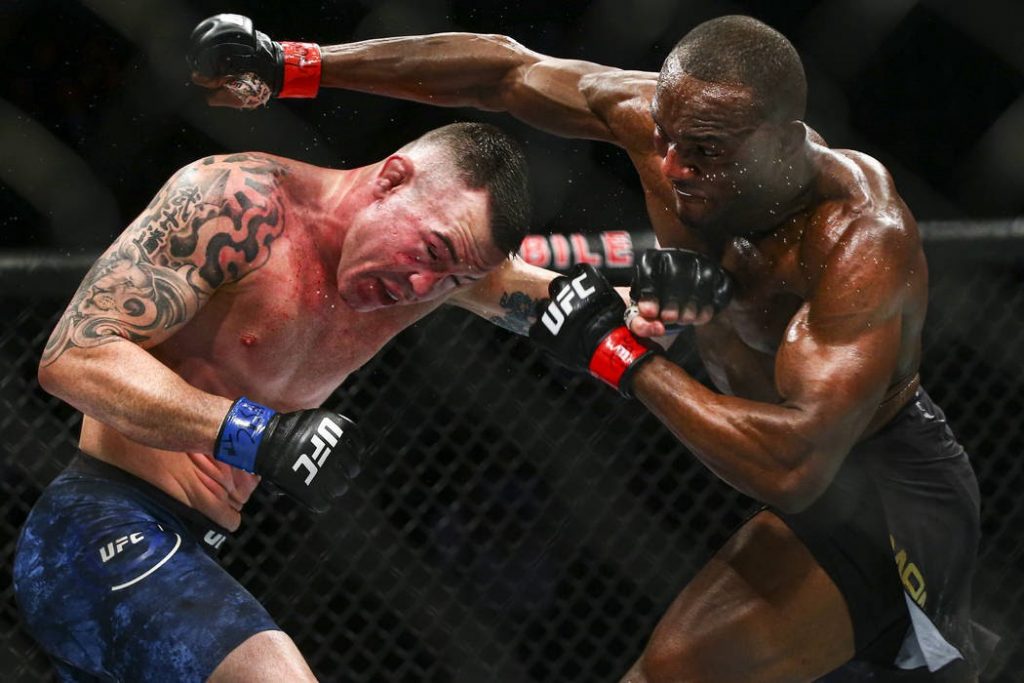
Colby is a dog. He embraces the grind and seeks the war of attrition. The All-American pushes the pace from bell to bell, exhibiting something he’s not often credited for: Tremendous toughness. He’s battled through the crucible of combat his entire life, thrived in its harshest climates, and while me came up short in his war with Kamaru Usman, he left no doubt that he belongs with the best.
The content exhibited on this site, whether visual, electronic, or in writing, shall not be republished and/or rebroadcast without the specific written permission of PubSquare Media and/or Scraptitude, NerdCraft Nation, The PubSquare and/or guest contributor or former alias thereof

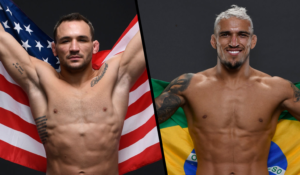

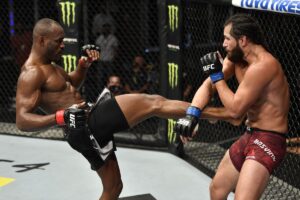
1 thought on “Colby Covington: Method and Madness”